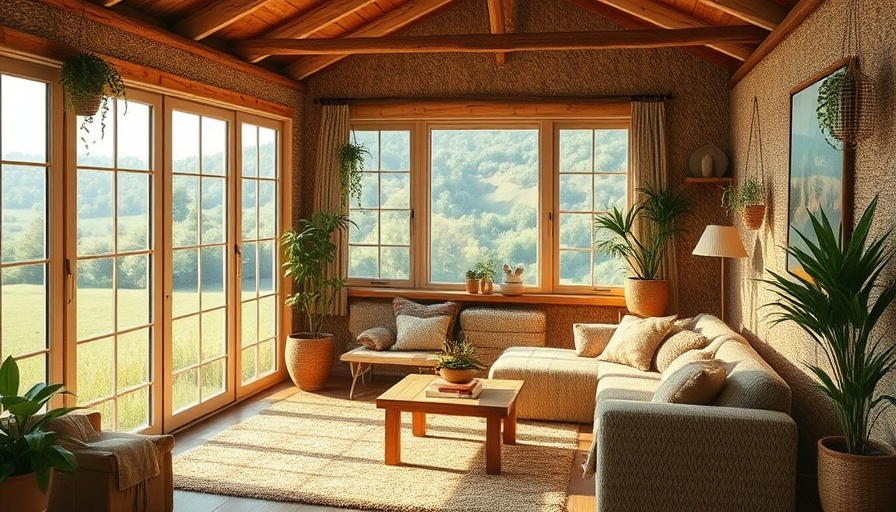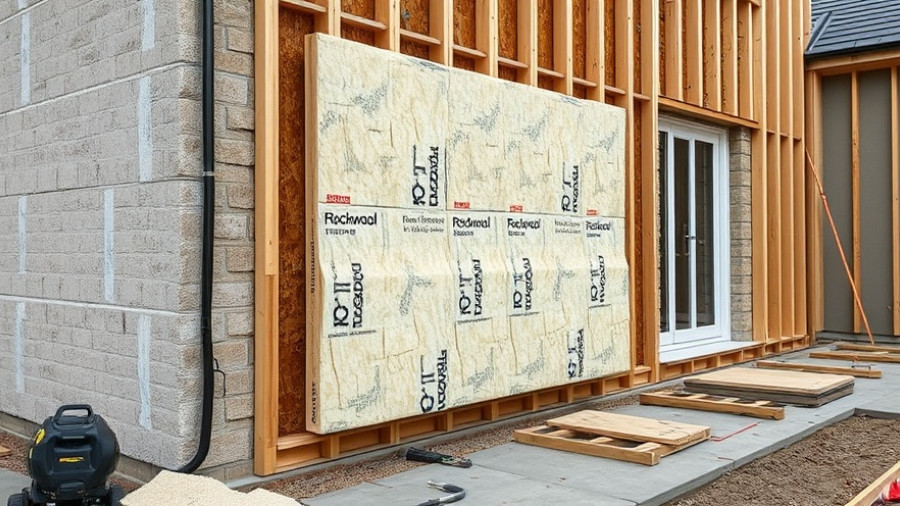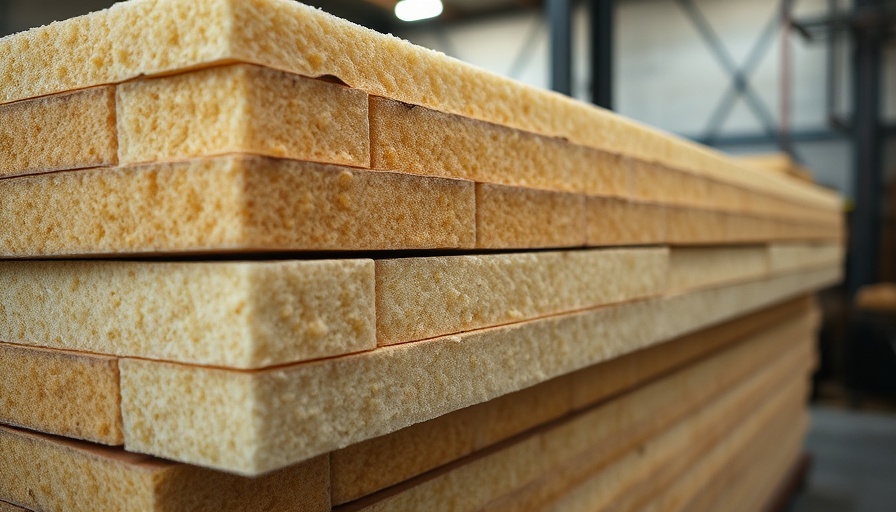
Understanding Straw Bale Homes: A Growing Trend in Sustainable Living
Straw bale homes are no longer viewed as mere relics of a bygone era; rather, they are emerging as contemporary solutions for eco-conscious individuals seeking to reduce their carbon footprint while still enjoying durable and beautiful homes. This sustainable building method, rooted in ancient practices, is experiencing a renaissance among homeowners and architects alike, particularly in urban settings like London, where sustainability is at the forefront of building discussions.
Debunking Myths: Why Straw Bale Homes Are Modern Marvels
One prevalent misconception surrounding straw bale construction is its perceived inadequacy in humid or diverse climates. Contrary to this belief, modern straw bale homes can indeed thrive in such settings. Effective moisture management techniques, such as wider roof overhangs and proper plastering, ensure that straw bales remain dry and structurally sound, even in humid environments. By taking advantage of the insulation properties of straw, which boasts an R-value higher than that of conventional materials, homeowners can create not only a comfortable living space but one that is energy-efficient and sustainable.
The Science Behind Straw: Insulation and Durability
Straw bales are composed of the dried stalks of grains, which gives them remarkable insulating properties. When compacted, these bales provide R-values that can exceed R-60, a significant leap compared to standard fiberglass or cellulose insulations. This superior thermal performance means lower energy costs and increased comfort throughout the seasons. Importantly, straw is a renewable resource, and using it in construction not only provides insulation but also captures carbon dioxide, making straw bale homes a proactive response to climate change.
Building Codes and Straw Bale Insulation
For those in the London area considering straw bale construction, understanding local building codes is vital. The 2015 International Residential Code now includes guidelines for straw bale structures, promoting safer construction and easier approval processes. This updated legislation is a step towards integrating sustainable building practices into mainstream construction norms.
Long-term Sustainability and Maintenance of Straw Bale Homes
One of the most appealing aspects of straw bale homes is their long-term durability. With proper care and maintenance, straw bale structures can last for decades, exhibiting resilience against common problems like rot and pest infestations, provided that they are adequately protected from moisture. Regular inspections of the exterior plaster are essential, but overall, straw bale homes demand less maintenance than one might expect, a fact that will resonate well with busy homeowners.
Costs and Benefits: Is a Straw Bale Home Worth It?
The initial costs of building with straw bale materials can be higher, particularly if employing labor for construction. However, many find that energy savings over time make this method economically viable in the long run. It’s essential to consider not just the immediate expenses but the long-term benefits stemming from energy efficiency, sustainability, and the heightened aesthetics afforded by plaster finishes. Furthermore, there’s added value in supporting regional agriculture since straw bales can often be sourced locally, minimizing transportation emissions.
Final Thoughts: Embracing Innovative Sustainable Design
As the movement towards sustainable living continues to gain traction, straw bale homes stand out as a labor-intensive yet rewarding choice for homeowners looking to tread lightly on the planet. With impressive insulating properties, ecological benefits, and increasing acceptance within building regulations, straw bale construction can be a beautiful and viable option for the environmentally conscious individual.
Interested in exploring eco-friendly building practices further? Dive into resources on sustainable building methods and discover how you can incorporate these practices into your next home project.
 Add Row
Add Row  Add
Add 




Write A Comment